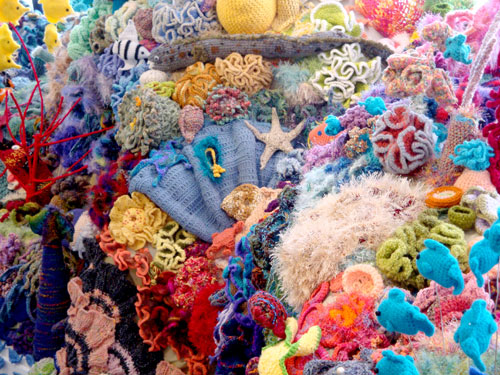CB-ers refer to Tampa as "Cigar City," but the real cigar city is a neighborhood of Tampa called Ybor (pronounced ē-bor) City. Vincente Martinez-Ybor, a wealthy Spanish cigar manufacturer from New York and Key West began development of Ybor City in 1885. In 1886, 500 Cuban cigarmakers boarded the sidewheeler Hutchinson in Key West and sailed for Tampa. By the end of the year, there were more than 3,000 workers in Ybor, and for the next 40 years, Ybor City was the "Cigar Capital of the World."
Cubans, Spanish, Italians and Jews settled in Ybor, and one of the factors that made the community thrive is that the different groups established Mutual Aid Societies, clubs that were the centers for social, intellectual and business life. Above is the Italian club.
 |
| npr.org |
 |
| ruach.wordpress.com |
I believe the lector in the last photograph might have been reading in this building, which was a cigar factory, and now offices.
Other cigarmakers flocked to Ybor City, and evidence of that time is still seen there. In fact, even today one can go into several tobacco stores and watch a cigar being rolled.
A relatively new shopping mall, Centro Ybor, uses a cigar label image as its logo.
Ybor's cigarmaking peaked in 1929, and then the Great Depression caused a steady decline of the neighborhood. In recent years, Ybor has revitalized. The streets, above, are sleepy during the daytime but turn into a hot night spot.
You might also enjoy the story of my own cigar label design, which can be found here.
.


















































